The shortcomings of heritage conservation work have clearly shown the “last straw” leading to regrets and sorrows with many national treasures in recent years. However, mistakes also need to be recognized from both subjective and objective aspects… If there are only efforts from relevant authorities and management units, the work of preserving and promoting heritage values is just a “drop in the ocean”. The community is the past that forms heritage, continuing into the present and the future.
In the general bustle of cultural - artistic - entertainment activities, heritage is almost forgotten, because to enjoy this field requires a certain aesthetic taste and understanding. Cultural heritage is also completely outside the trend of watching - listening - reading in the style of "instant noodles". Heritage needs space and time to reach the community and promote its values, not a flashy trend.
Artifacts, antiques or national treasures displayed in museums and historical sites are all very normal and appropriate, but not many visitors are aware of the sensitivity of these hundred- or thousand-year-old values. Typically, the displayed artifacts are paintings, photos, clothes or books that require preservation work to ensure temperature, humidity, light...; many artifacts even prohibit visitors from taking photos with flash because strong light, even just a glimpse, will have a negative impact on the properties and structure of the material.
However, according to many public and private museums, the restrictions on access to artifacts make many visitors uncomfortable. There are many reasons, but the most basic is the common mentality of always wanting to “touch” the artifacts. Even with the current social media trend, many people visit artifacts just to get pictures to post online. Glass frames, barriers… become minus points for them.
Antiques or treasures are formed along the historical and cultural flow of a nation. They require the sophistication of both industry insiders and the public to accept, understand and find ways to protect them.
Source: https://www.sggp.org.vn/nhay-cam-va-tinh-te-voi-co-vat-post797769.html


































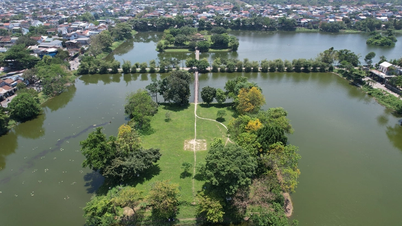

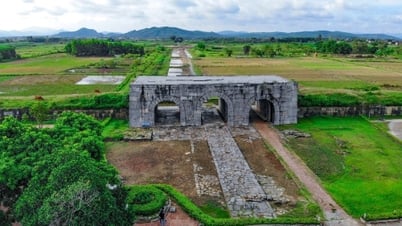

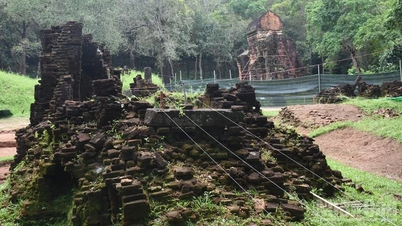


























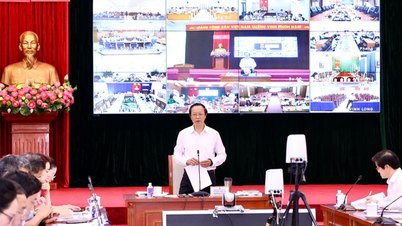

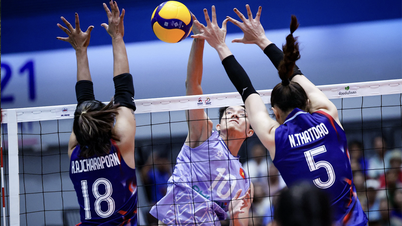


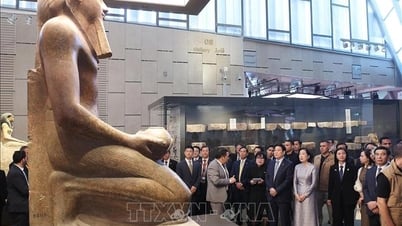


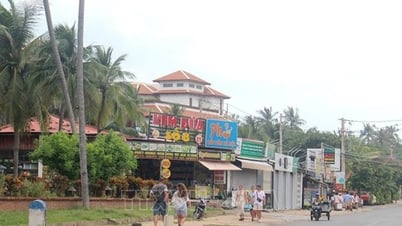

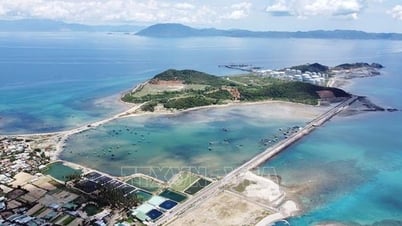




















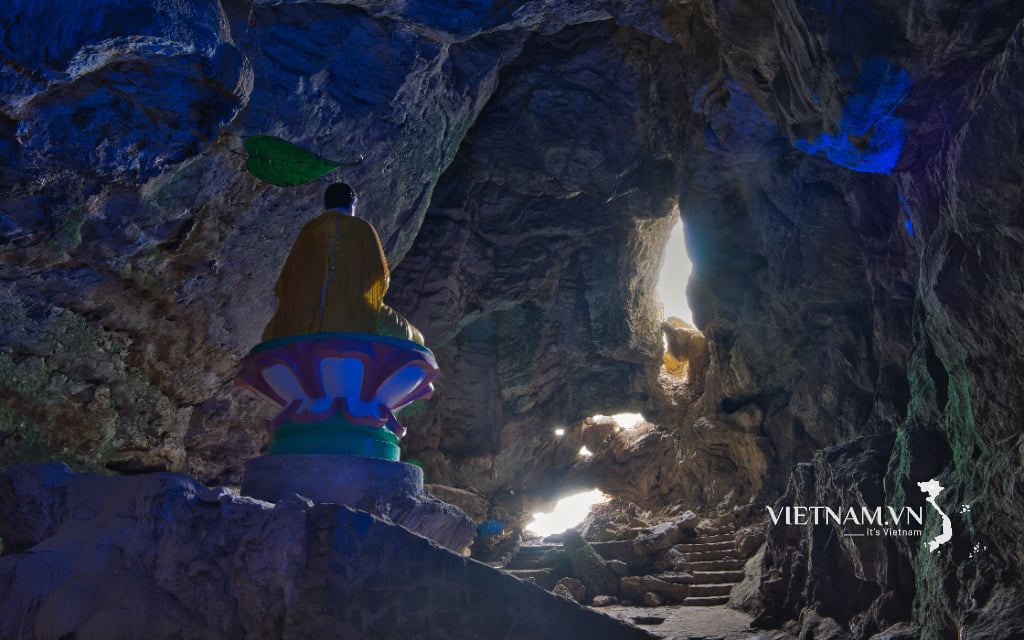

Comment (0)